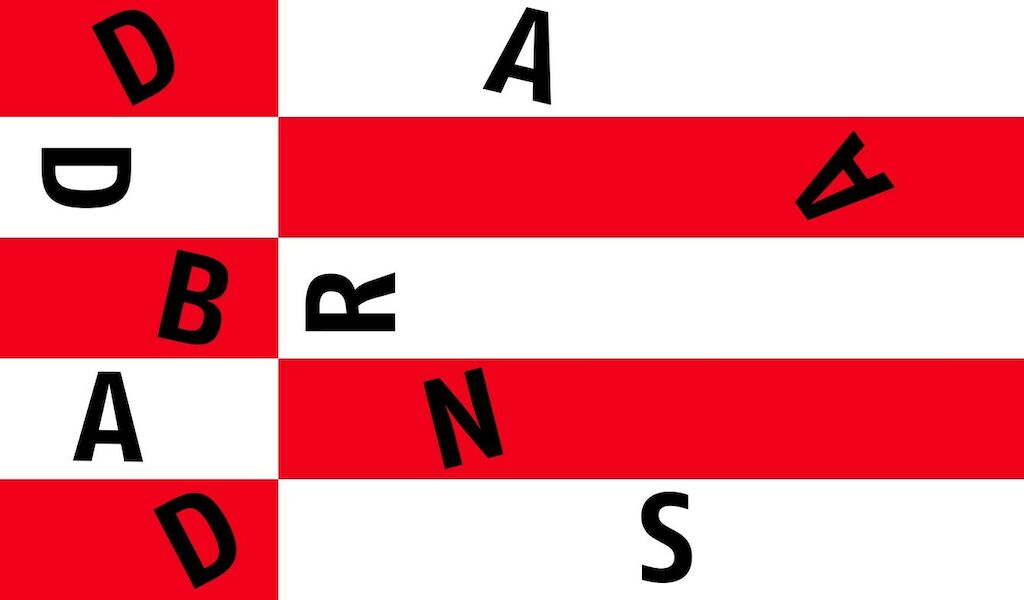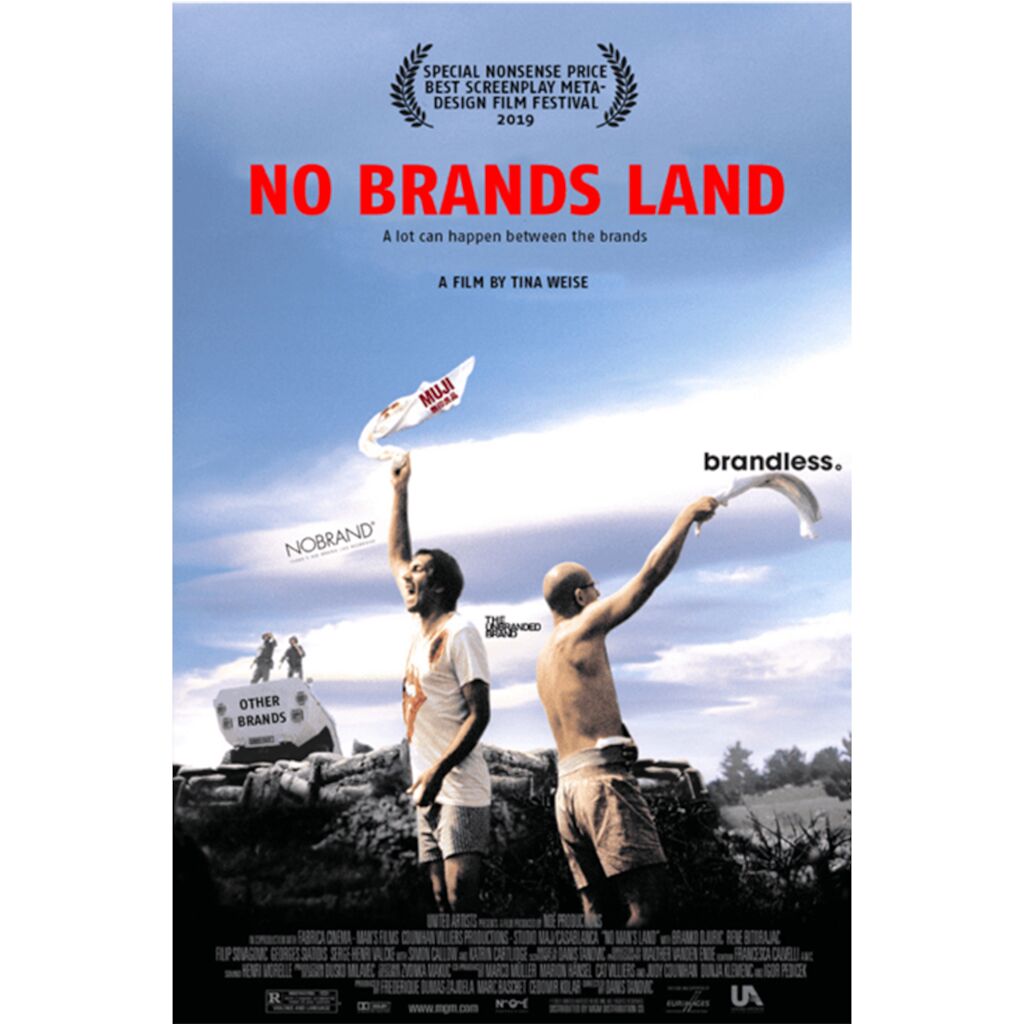When Hugo Ball initiated the Dada movement in Zurich, I bet he would never have imagined that his idea of random art would become a major influential art trend that has already lasted more than 100 years. After the first night at the Cabaret Voltaire, the idea of creating anti-art and opposing both expressionism and futurism quickly became popular – always bearing the key-principle in mind: to mean absolutely nothing.
The idea of being devoid of meaning and simply conveying fun and nonsense were necessary after World War I. Dada was supposed to oppose the commonly recognised idea of art and was not intended to be part of impressionism, expressionism, symbolism and others. Mankind, however, needed Dada to be categorized and so attached the suffix “ism”.
A similar course of events happened to pop icon Lady Gaga. At the beginning of her career she announced: “I don’t mean to sound pretentious, but I’ve made it my goal to revolutionize pop music.” And so she did. Bringing art to the stage, she showed everyone how to create a vivid identity for yourself by also using elements of Dadaism. By changing her appearance almost every day and creating valuable, literary pop-songs, she stood out from all previous pop artists and became one of the most influential musicians according to Forbes. But is Lady Dada really perceived as a pop music revolutionary? Today, she is often compared to Madonna, and listed alongside Pink, Beyoncé and Gwen Stefani.
Dada and Lady Gaga became leading examples and thus brands for certain time periods. The dissatisfaction with the current state of affairs gave Hugo Ball and Lady Gaga the urge to create something radically new within their industry. But in the end, mankind needed the misfits to be categorized and lined them up with existing concepts and idols.


